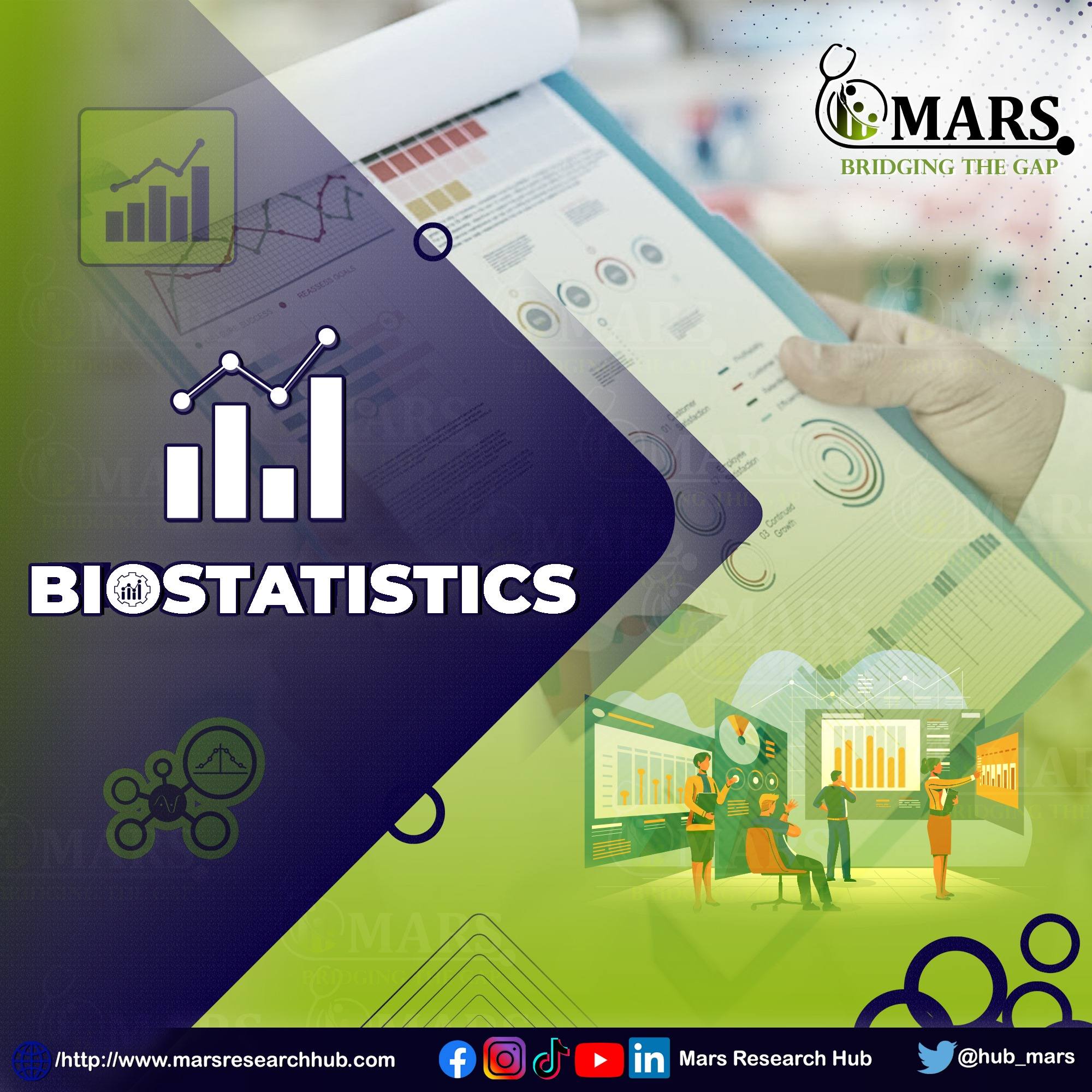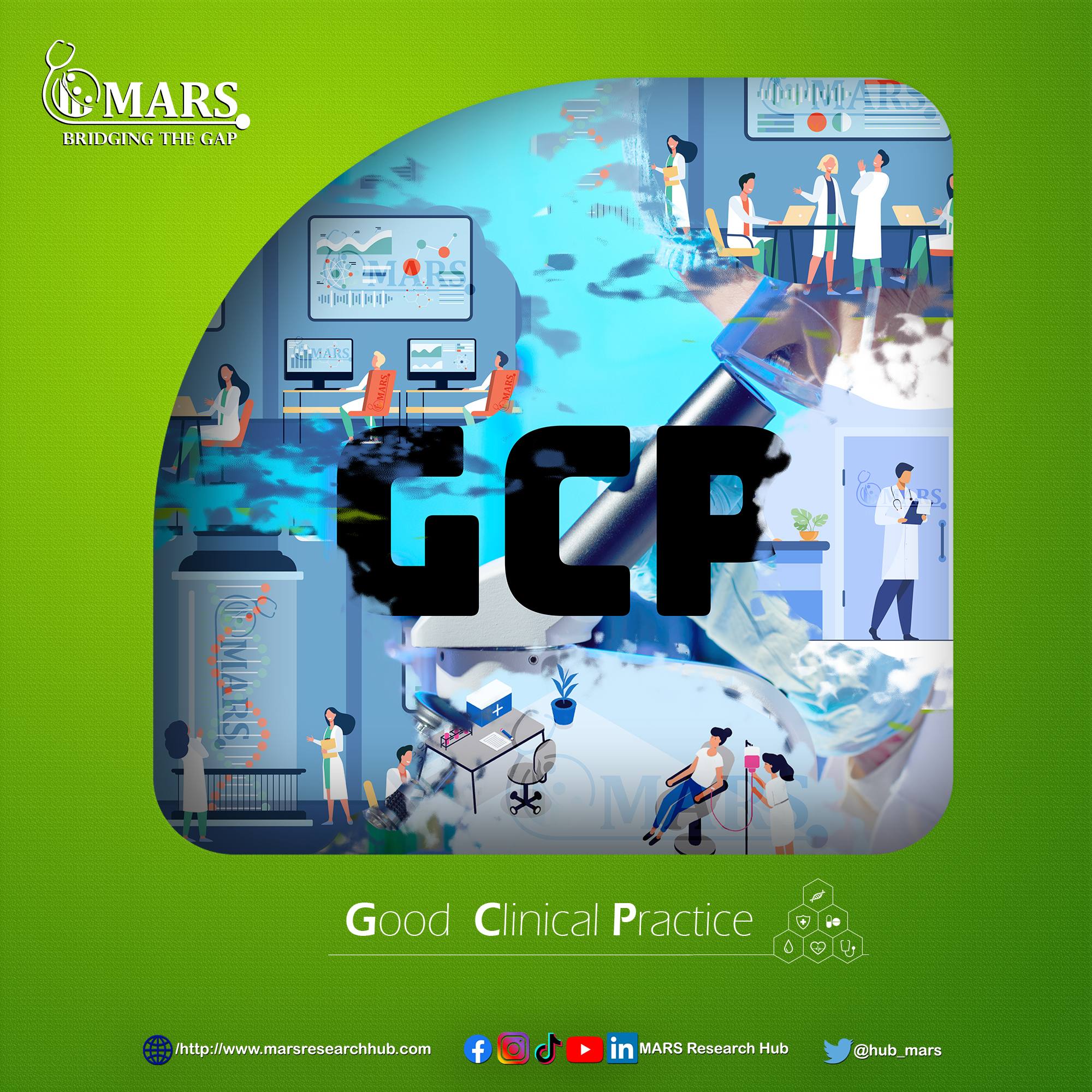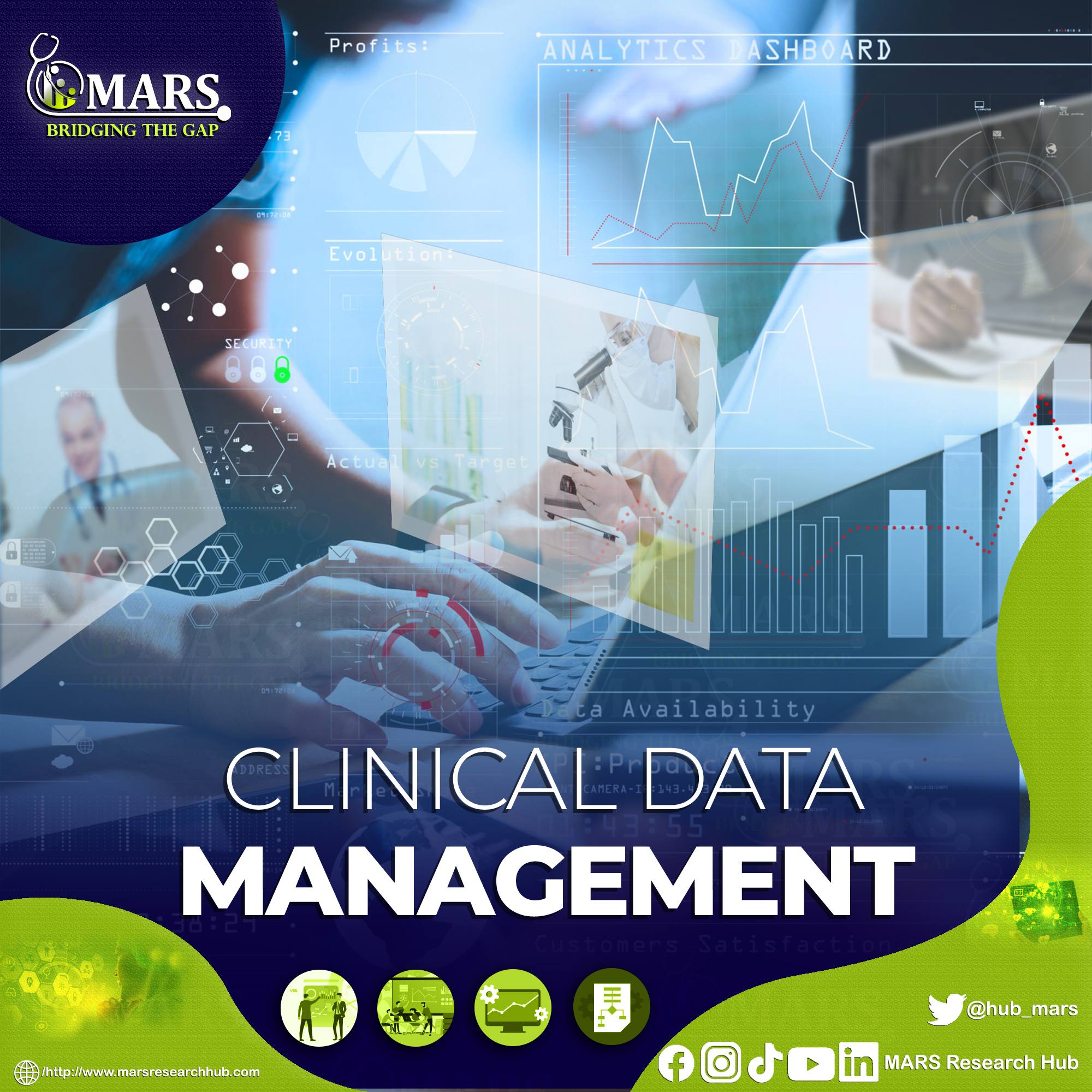And finally we meet!

Patient's Centered Approach
Medical Agency for Research and Statistics.
The Voice of Underepresented Population!
Medical Agency for Research and Statistics.
"We need to bring learning to people instead of people to learning."
MARS Research Hub
“People expect to be bored by eLearning—let’s show them it doesn’t have to be like that!”
MARS Research Hub
“We don't care what people know, we care what they do. It's all about performance.”
MARS Research Hub
Online Courses Designed For You
Improve Your Skills Online
Learn on your schedule
If you have reached this stage, we are really very proud of you.
Good Clinical Practice (GCP) is an international ethical and scientific quality standard for designing, conducting, recording and reporting trials that involve the participation of human subjects. Compliance with this standard provides public assurance that the rights, safety, and well-being of trial subjects are protected, consistent with the principles that have their origin in the Declaration of Helsinki, and that the clinical trial data are credible.
Clinical data management (CDM) is a critical process in clinical research, which leads to generation of high-quality, reliable, and statistically sound data from clinical trials. Clinical data management ensures collection, integration and availability of data at appropriate quality and cost.
Medical writing involves writing scientific documents of different types which include regulatory and research-related documents, disease or drug-related educational and promotional literature, publication articles like journal manuscripts and abstracts, content for healthcare websites, health-related magazines or news articles.
Target audience Faculties: (Medicine- dentistry- pharmacy- veterinary-science- agriculture- Biotechnology-Nursing) Undergrads - Postgrads -University staff – researchers
Academic writing is always a challenge, even if you are fluent in English. Join us to learn the tips and tricks !
With our Master, Dr. Mohamed Kamal
👌Because our passion is your perfect event; 📢 Doctors, students, and medical researchers are invited to our next free certified Webinar about: JOURNAL SELECTION
This course aims to provide an overview of Health Information Technology for participants to deal with any aspect pertaining to health informatics with comfort and confidence. Throughout the course progress, participants will acquire a set of skills that will help them to implement best practices for choosing Electronic Medical Records (EMR) software, face challenges of EMR adoption, deal with legislative as well as technical issues during implementation and Build a robust roadmap for digital transformation.
☑️ DON'T MISS THE LECTURE. 👉 Dr Gareth will address how to write and submit your work effectively to great journals and emphasizes ECRs, also will include information useful to all interested in writing for publication.
✴️MARS- Medical Agency for Research and Statistics inviting our medical community to attend the next FREE lecture (with certificate) about: UNDERSTANDING RESEARCH ETHICS
⁉️What is an ORCID identification number? 🤔Why is it a good idea to sign up for one of these as an active researcher?
Systematic reviews and meta-analyses are being increasingly used to summarize medical literature and identify areas in which research is needed. Systematic reviews limit bias with the use of a reproducible scientific process to search the literature and evaluate the quality of the individual studies. If possible the results are statistically combined into a meta-analysis in which the data are weighted and pooled to produce an estimate of effect.
👌Let your data tell a story. ☑️ Learn how to analyze and attractively present your data. ▶️ Our free certified webinar will teach you how to make your data analyzed and presented in an easy-to-understand fashion
📣Identify the common mistakes you should avoid while writing your paper! 👌Learn from the other's mistakes and get benefit from our editing experts by joining our free certified webinar
☑️ Join our free certified webinar to learn about the peer-reviewing process and how to maximize your career potential if a journal invites you to perform it. By Dr/ Gareth Dyke 🇺🇦
Free webinar with certificate from Research Square Company and MARS- Medical Agency for Research and Statistics You don't want to miss it
✅ Because in Research Square Company and MARS- Medical Agency for Research and Statistics, every detail matters !
🎤 Giving a talk in a second language is a terrifying and intimidating experience. 🎙️Join us and learn a series of easy-to-follow steps to public speaking success, including how to plan, design, and deliver a successful and engaging talk. Capture your audience’s attention and get your message across
How To Start Clinical Research Career?
💥 Citation Booster: Enhance your publication's reach, readership, and visibility
Master the art of maximizing your positive feedback from your peers. It's possible that you'll learn useful skills by taking part in this peer-reviewing webinar.
Are you on the first steps in your clinical research career and have to decide the appropriate sample size that will fit your study? The simplified sample size course can help you discuss different scenarios for different study designs in a simple and organized step. -
The Essential Guide to Calculating Sample Sizes in Clinical Research and its Significance.Blog Outline:Introduction: What is Sample Size Calculation & Why is it Important for Clinical Research?Sample size calculation is an important part of any clinical research project. It helps researchers determine the amount of data that needs to be collected in order to draw meaningful conclusions from their
Three Mistakes You Make When Applying Biostatistical MethodsMistake #1 - Neglect calculating representative sample size in your clinical researchThe sample size is one of the most important considerations in a clinical trial. It determines the power of the study and can have a significant impact on the results. In the case of small sample size, it is likely that the study will not be able to detec
This is an article. It advises you the best practices for debugging your R programming code, when errors are happening or occurCommon Mistakes Wow, what a big mistake, something must have gone wrong or you didn't understand something.Here are some of the most common errors that even seasoned R users make: CapitalizationYou typed a capital letter when you should have typed a lowercase letter (or v
In some stat 101 syllabus, you will be introduced to the measurements of central tendency and terms like mean, median, and modeyou might also be required to calculate them manuallyToday, let's talk about the mode in real data application and analysisIn summary, a mode is one measure of central tendency. It's the most frequently occurring number in a data set. The mode can be useful as one way to q
Early career clinical researchers usually celebrates a “significant “result, but … is it really significantwell that’s a big question!In fact , P values are not percentages, which means if you find that a p-value is 0.1, you cannot say "I am 99% confident that my results are due to random chance alone, the p-value itself cant provide an evidenceIt is not about the p-value only, you should
Clinical research is a demanding and tedious process. It's very easy to run into a dead-end, and it can be difficult to trace back the cause of the problem.it is very common for us at MARS to receive the after rejection statistical service requestsOften, it's because the researcher blindly replicated the statistical test on their data from a similar publication. they believe that it is the right
Welcome to the Biostat done for you podcast with Nouran Hamza where I’ll help you to make the most of your clinical research and contribute to informed evidence based decisionsI was just talking to one of our clients, he asked me why there are no details on the normality testing for his regression model !and I believe you might (for example) run a clinical research to find out if blood pressure
Introduction: What is Biostatistics?Statistics is the branch of mathematics that deals with collecting, analyzing and interpreting data. Biostatistics is a specialized form of statistics that deals with the application of statistical techniques to medical data.The biostatistical analysis is a complex process that requires a lot of expertise in mathematics and statistics. It is used in medical rese
Introduction: What is Clinical Data?Clinical data is a type of health data that is used to describe the care and treatment of patients. This includes information on diagnosis, procedures, lab reports, medications, allergies and more. Clinical data can be stored in various formats including:- Electronic medical records (EMRs)- Patient charts- Electronic health records (EHRs)- Laboratory information
IntroductionClinical data management is a field of study that helps clinicians and healthcare professionals to maintain the integrity of patient data.The future of clinical data management is something that we need to think about. The rate at which new technologies are being adopted by the healthcare industry is staggering. This means that the demand for qualified people in this field will only in
Are you reporting your data in median and ranges if your numerical variables didn't fulfill the parametric assumptions (as known as not normally distributed data)Well, in fact … Mann-Whitney -Wilcoxon rank-sum uses the rank of each caseThe main calculation of Mann-Whitney-Wilcoxon rank-sum test has nothing to do with medians. The rank sum test is ineffective as a generic test of medians. Without
A Data-Driven Guide to Get Your Clinical Research Retracted A retracted paper is a paper that has been formally withdrawn by the journal that published it. The term is typically used in academic publishing to refer to articles published in peer-reviewed journals and then later retracted.The reasons for retracting a paper are usually because of ethical or data integrity issues, such as plagiarism,
Introduction: What is Publication Bias and How Does it Affect Medical Research?keywords: publication bias, medical research, biostatistics, medical editorThe purpose of this article is to provide a brief overview of publication bias, its implications for medical research, and how it can be addressed.Publication bias is a phenomenon where studies with statistically significant results are more like
What is Evidence-Based Medicine?Evidence-based medicine is a systematic approach to clinical decision-making that uses the best available evidence from research and patient values. This approach is used by physicians, nurses, pharmacists, and other healthcare professionals in their everyday practice. Evidence-based medicine relies on high-quality scientific data from medical research studies as we
I would like to thank Dr. Maha for the simple explanation of the content that is not simple at all ❤❤❤❤Thank you, Dr. Maha, for information in the courseSomeone said that GCP is more important in manufacturing and corporate research, not just academic research, but if it is also applied in academic...
Dr. Nouran Hamza is a Brand of creativity and professionalism. I've completed attending her biostatistics course using R software (3 modules). It's a powerful course that contains all the information needed to start a data science road. She has helped us with all the information and energy she has....
I strongly recommend Dr. Nouran as an excellent professional biostatistician.
Dr. Nouran is the best instructor I have ever seen. She has all qualification for success
Dr Nouran prepared us to face the real world, she always guides us.





 (1).png)

